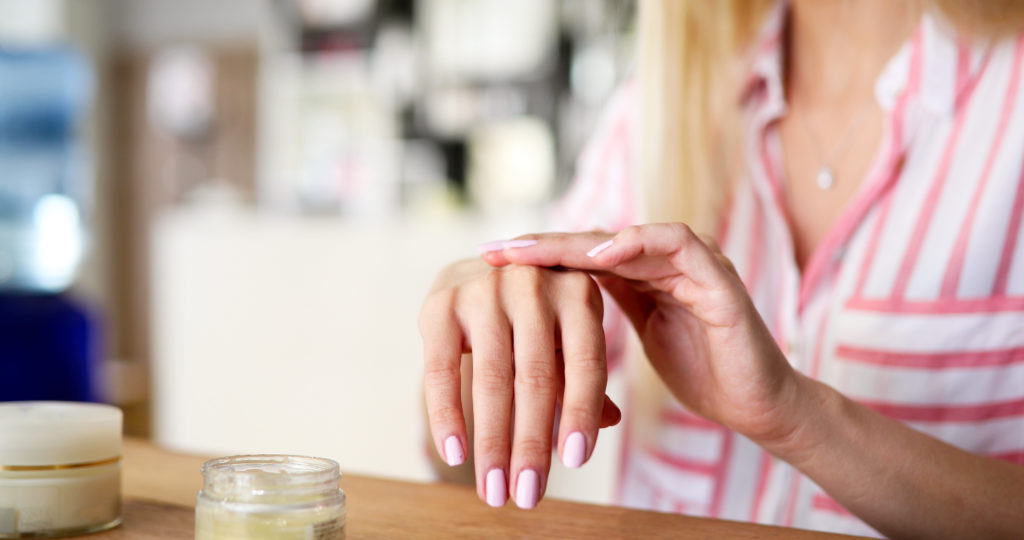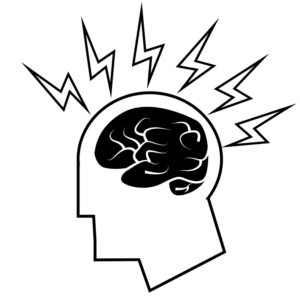Arthritis is an incredibly common problem for adults today. There are well over 100 distinct types of arthritis, and in America, more than 54 million people suffer from one of them.
Many factors can increase your chances of getting arthritis, and if you have it, make it far worse for you. Arthritis in all its forms is a result of inflammation, which is caused by your immune system attacking parts of your body.
Just as there are many different kinds of arthritis, there are so many ways you can prevent it and treat it once you have it. By changing your lifestyle and getting professional help, you can live a full life even with arthritis.
Let’s look at ten of the best techniques to treat arthritis:
1) Stretching
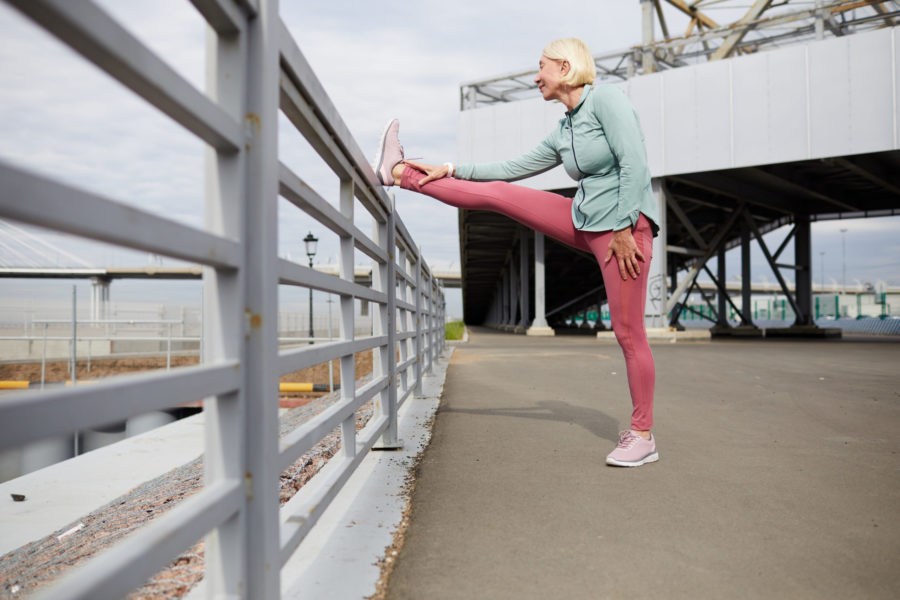
If you have arthritis, getting up in the morning can be one of the most challenging parts of your day. After a night of lying prone, your joints can be at their most painful, stiff, and inflamed. You might not want to do it at all, but it’s at this moment that stretching is most useful for loosening your joints and beginning your day. You’ll get the best results by stretching every day. You can also take a warm shower before or afterward to help relax your muscles and joints.
People have arthritis in different parts of their bodies. But if you have inflammation in your back, hips, and knees, there are a few stretches you should do in bed before you even stand up and start your day. These include hamstring stretches, knee to chest stretches, and piriformis stretches. You can read more about all three here. You can also find stretches for your arms, hands, fingers, shoulders, and neck there as well.
2) Physical Rehab
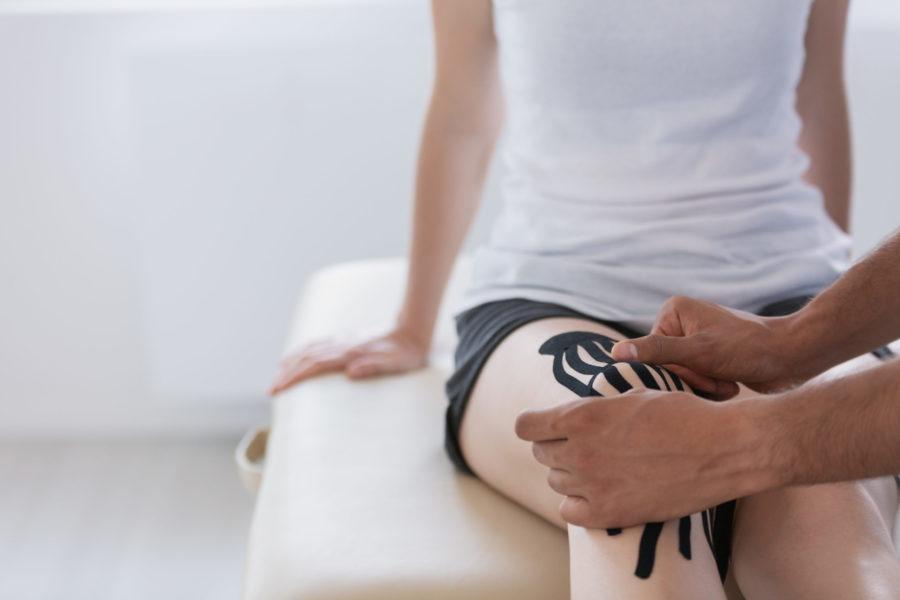
If your arthritis is bad enough, you might need to rely on professionals to help you treat it. A Physical Therapist is a clinician with a graduate degree who’s licensed to check, diagnose, treat, and help you prevent conditions that hurt your ability to move and function throughout your life. They can help you strengthen your body to better support joints, analyze what movements or lack of movements are hurting you, and much more.
Physical Therapists will teach you how to adjust your posture to decrease pain and increase mobility. They can recommend and work with you on using canes and walkers. PT’s can recommend cold and hot therapy, braces and splints, shoe inserts, and other devices and treatments that can improve your arthritis. They also might recommend special chairs and mats that can make your house more conducive to dealing with arthritis.
3) Plant-Based Diet

Studies have shown that plant-based diets significantly reduce inflammation. Because all forms of arthritis are defined by inflammation, anything you can do to reduce it will go far towards managing your pain and the severity of your condition.
On the other hand, diets that are high in fat and processed meat lead to higher inflammation levels. Plant-based foods are high in fiber, which leads to less inflammation, swelling, and pain. They promote healthy gut bacteria. Some research has suggested that plant-based diets lead to more diverse gut bacteria, something arthritis patients often struggle with.
Also, eating a plant-based diet can lead to a lower BMI, which can help you to:
4) Lose Weight
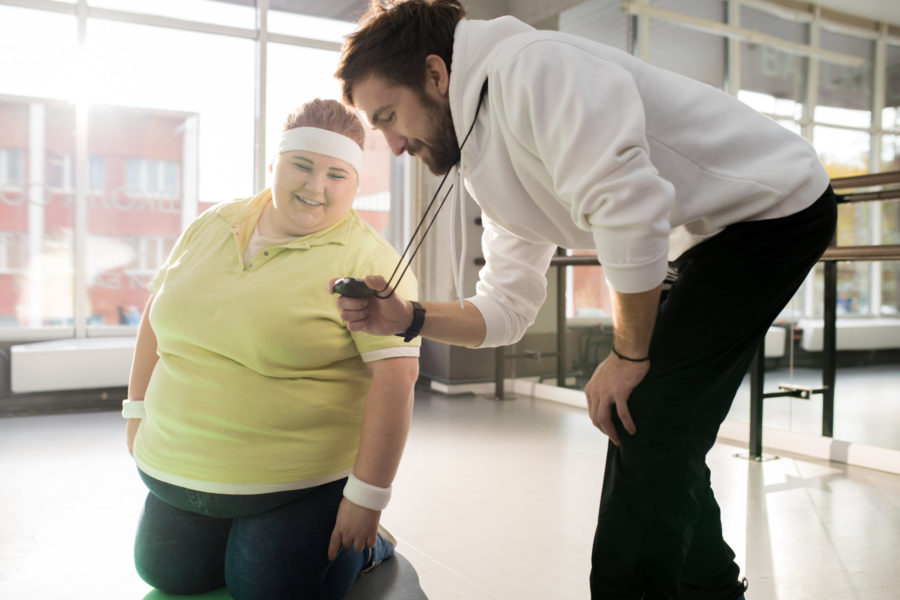
The more weight you’re carrying, the harder it is on your joints and muscles. According to the CDC, of the approximately 54 million American adults living with arthritis, 39 million are overweight.
A 2018 study found that rheumatoid arthritis patients that lost over 11 pounds of body weight were three times as likely to get improvements to their arthritis than those who didn’t. Plant-based diets have consistently proven to be useful for helping people lose weights, but they’re not the only way to go about it.
Do what works, but keep your weight down to improve your arthritis and many other aspects of your life.
5) Meditation

People who have arthritis can deal with a lot of pain, and depression. Coping with the impacts of age, mainly when they translate to a lack of mobility, is incredibly difficult. It makes sense that people who have arthritis would be mentally incapacitated by depression, anxiety, and excruciating pain. It’s especially hard when that pain is coming from doing simple activities and movements they took for granted, that are essential in daily life.
Fortunately, your thoughts, feelings, and even the pain you feel can be mitigated by meditating. Studies have shown that meditation can help control pain and lessen depression by assisting patients in dealing with negative thoughts and living in the present moment.
6) Topical Creams
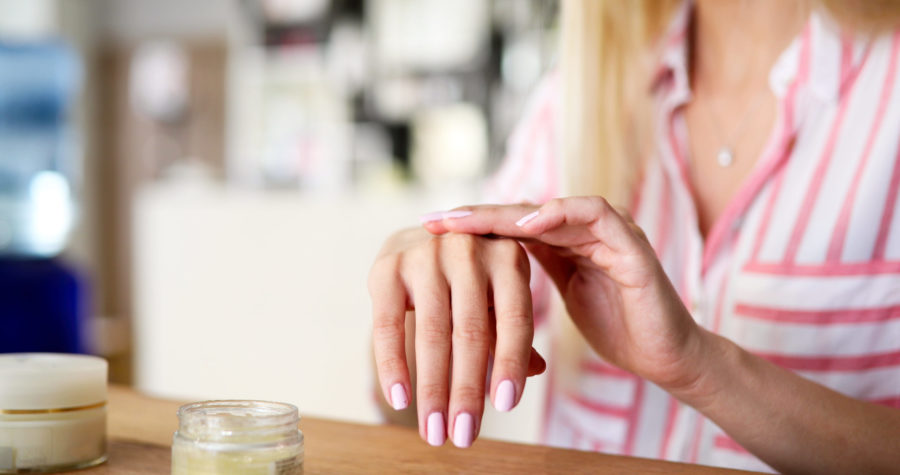
When you have arthritis, sometimes you need immediate relief. There are many topical creams available to you that can offer some temporary alleviation of your pain and other symptoms.
Some of the creams you might consider include Bengay, Icy Hot, Myoflex, Aspercreme, Capzasin-HP, and Sportscreme. There are other creams and balms on the market that might work for you, so be sure to experiment and talk to other people you know who are coping with arthritis.
These topical creams tend to work best on joints that are closest to the surface of your skin. They often feature salicylates, which reduce inflammation, taking the pressure off your joints, and decreasing your pain. Follow the instructions on these products, including not overusing them.
7) Choose Devices that Make Your Life Easier
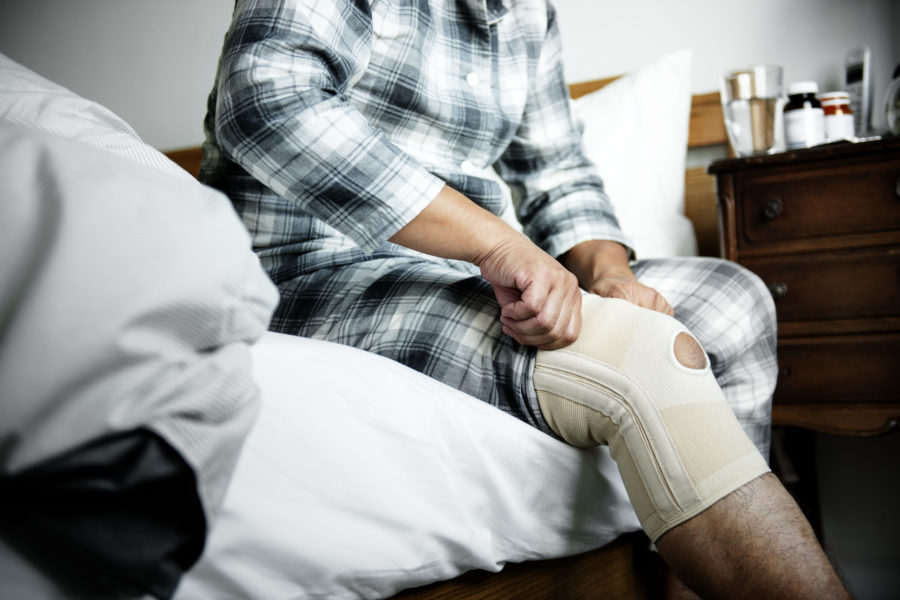
If you’re struggling with arthritis, you understand that every effort you make comes at a cost. You have to decide what’s worth extending yourself, and what isn’t. One way to keep yourself fresh for the outside world is by making your home more conducive to life with arthritis.
Some devices you might want to consider bringing into your house and life include:
- Zipper pulls and buttoning aids.
- Clothing with velcro fasteners.
- Shoehorns and reaching, grabbing tools.
- Bars and handrails on your bathtub and next to your toilet.
- Fixed jar openers.
- Chairs built for people with arthritis.
- Hands-free headsets.
Essentially any device that can keep your stable, help you avoid moving your joints to do simple tasks can be a part of your dealing with arthritis regimen.
8) Acupuncture
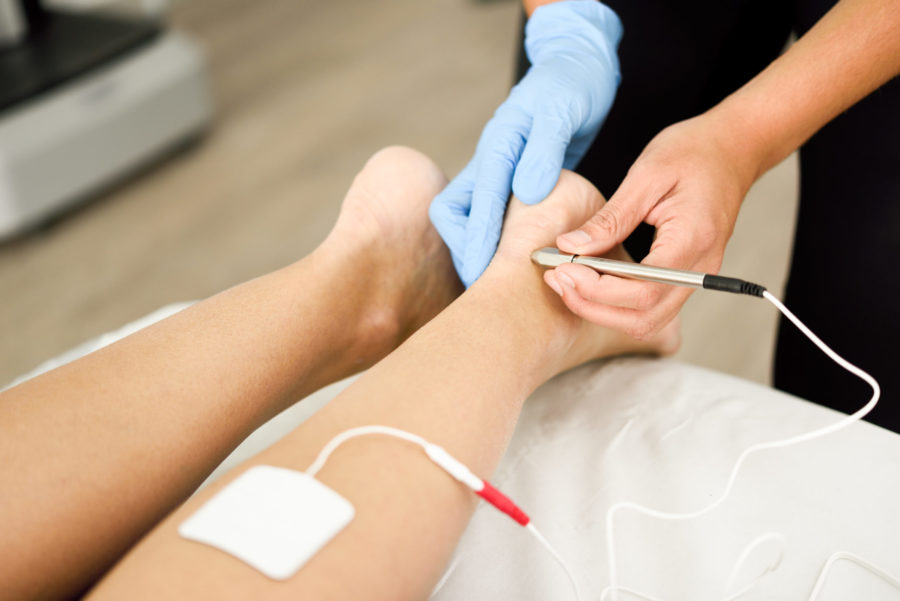
Acupuncture has been used for thousands of years to treat a host of maladies. Research is limited on the effects of acupuncture on arthritis, but some suggest it can reduce pain in patients.
By placing needles in specific areas on the body, acupuncturists believe they can release tightness, and spasming muscles that are part of the chronic pain that hurts patients. Acupuncture has been shown to reduce inflammation, the heart of all arthritic conditions.
Acupuncture also stimulates endorphins that can kill arthritic pain. While you shouldn’t rely on acupuncture alone to treat your arthritic symptoms, it can be part of a regimen that relaxes you and leads to a more holistic lifestyle. Some health insurance will cover at least some of your acupuncture costs, making it a worthwhile pursuit as part of your overall treatments.
9) Support Groups, Workshops, and Self-Management Classes

Acupuncture can isolate people and make them feel like they’re alone in their pain and depression. By joining a support group, you can connect with people who are dealing with arthritis and have similar symptoms to you. Through these relationships, you can find new friends, and learn what’s helped them deal with pain and depression.
You can also attend self-management workshops. In these community-based programs, you can also find people dealing with arthritis, and learn from experts about techniques for managing the condition. Getting out of the house, and getting the motivation to do something about your arthritis can make a big difference in your life.
10) Hypnosis

This won’t work for everyone. Hypnosis is most useful for those willing to be hypnotized. However, if you’re able to submit and give yourself over to suggestions, it could do you a world of good. If you ask around and do research, you’ll likely find highly-recommended hypnotists that specialize in working with patients who have arthritis or deal with other forms of chronic pain.
Studies have shown that hypnotherapy doesn’t only impact the symptoms of arthritis-like pain and depression, but that it can have an impact on the disease itself, lessening stiffness and swelling.
Studies have also shown that over 75% of people with arthritis who use hypnosis report significant pain relief. If you go in with an open, willing mind, you too can enjoy these benefits.
